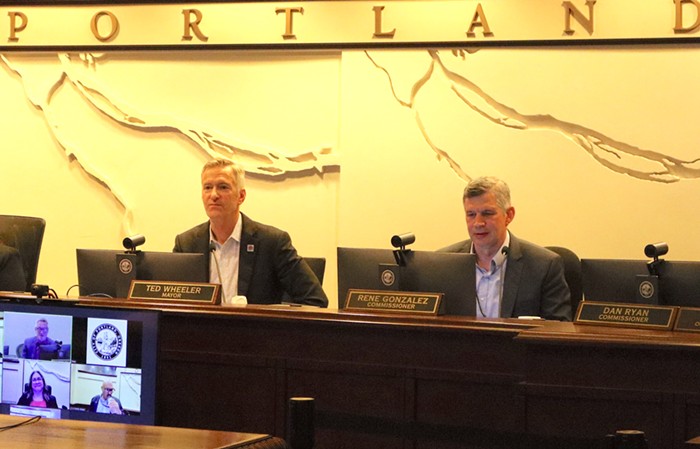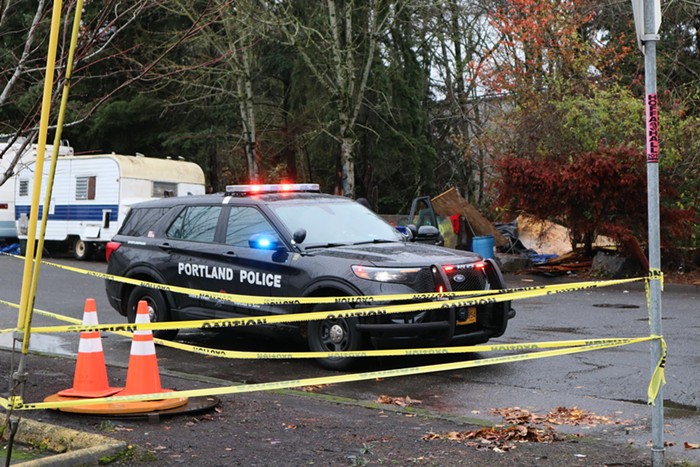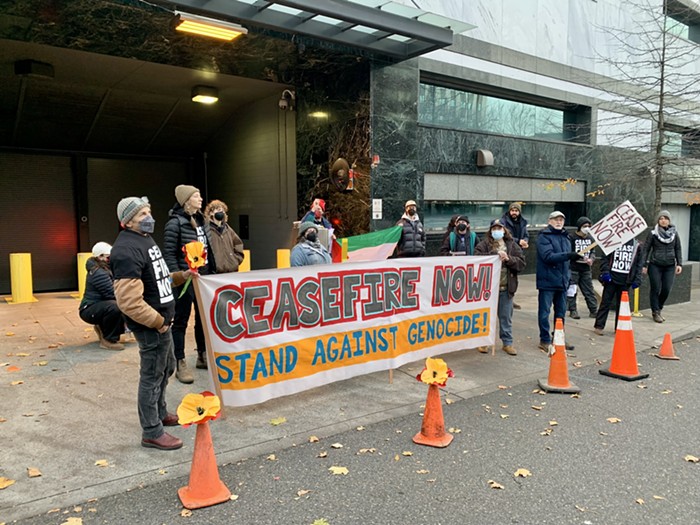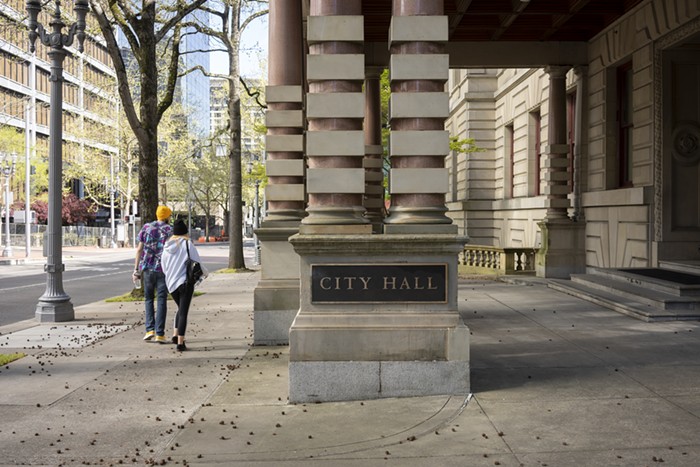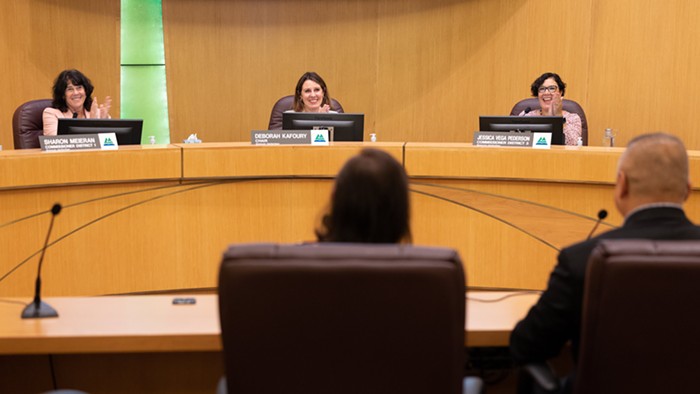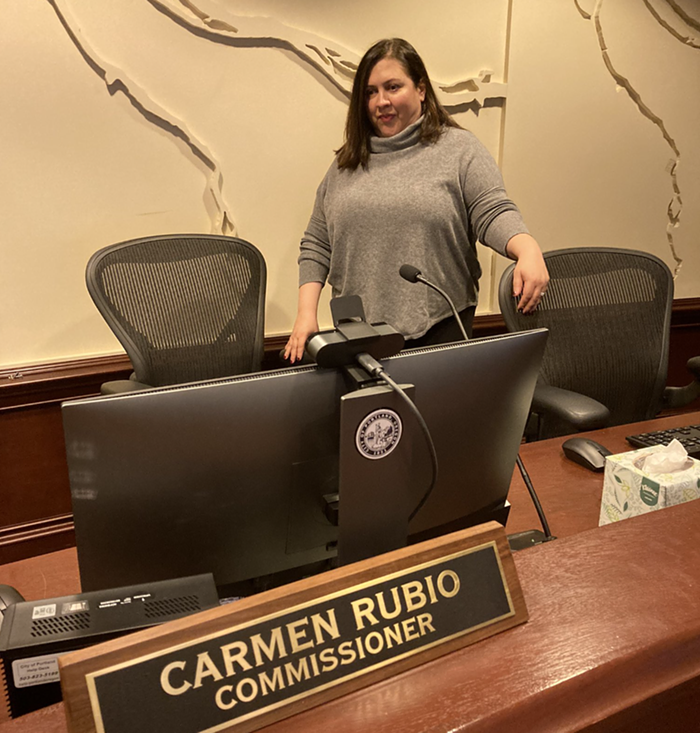
Teachers in Portland and across Oregon plan to hold an organized walkout this Wednesday, May 8, in an attempt to pressure Salem lawmakers to provide more state funding for K-12 education.
It will be the first state-wide teacher walkout in Oregon’s history, according to John Larson, president of the Oregon Education Association (OEA).
“I honestly don’t believe that there’s ever been a statewide action on this scale before,” Larson says.
School funding is one of the most talked-about issues of the 2019 Oregon legislative session, and for good reason: While the state hasn’t yet passed its next biannual budget, the legislature’s proposed budget is about $2 billion short of the $10.7 billion in school funding OEA says is needed to properly fund the state’s public school districts.
That funding gap would translate to a $17 million shortfall for Portland Public Schools (PPS), as well as a whopping $35 million deficit for the nearby Beaverton School District.
A bill recently passed by the Oregon House would eventually generate an additional $2 billion in biannual state school funding by slightly raising taxes for most corporations on all annual sales above $1 million. That bill has the support of OEA, and is expected to go to a Senate vote as early as Tuesday, May 7. Larson says he is “hopeful it will pass through the Senate this week.”
But it's no silver bullet: That tax revenue wouldn’t kick in until after the 2019-2021 budget cycle begins—meaning that this bill alone wouldn’t solve the conundrum currently facing Oregon school districts.
It’s impossible to talk about the education funding crisis in Oregon without bringing up the state’s Public Employee Retirement System, or PERS. The state’s PERS fund currently faces a $27 billion deficit—so to continue paying promised benefits to retired public employees, the state is forced to siphon off funding from other areas, including education.
There are currently two proposed measures for the 2020 ballot that would attempt to convert Oregon’s traditional employee pension program into a 401(k)-style retirement plan, which state business leaders say would help offset public costs. Larson says he favors solutions that can be accomplished through legislative action, rather than a ballot measure—such as eliminating Oregon’s individual tax rebate and using tax surpluses to instead establish a rainy day fund to cover high PERS costs.
“We’re the only state in the union that has a law where surplus taxes are returned, and not put into a rainy day fund to take care of the obligations the state has made,” Larson says.
But regardless of how or when PERS is addressed, Larson says, it’s important to remember that it is not the only factor in Oregon’s poor school funding. Nationally, Oregon continuously ranks on the low end of both K-12 student performance and state funding per student. The problem began in 1990, Larson says, when Oregon voters passed Measure 5, which established limits for real estate property taxes—a major source for school funding.
“That was a really big factor in disinvesting in our schools,” Larson says. He adds that decreased state corporate taxes also played a role in defunding Oregon schools.
The squeeze of inadequate state school funding is felt more in some communities than others. While some districts and neighborhoods have the resources to pass funding levies and bonds and form private education-funding foundations, lower-income districts aren’t able to do the same.
“The whole atmosphere of school bonds and school operation levies has really caused a great disparity in which districts have and which districts don’t,” Larson says. “When you’re in a working class neighborhood, it’s sometimes much more difficult.”
So while the high-level objective of Wednesday’s walkout is to pressure Salem to pass a $2 billion corporate tax bill, the buildup to this unprecedented teacher demonstration stretches back decades. Larson hopes that its impact will be felt for decades to come.
“This demonstration is not taken lightly by educators,” he says. “This is something they are doing to ensure the next three generations of students are not disenfranchised by our education system, like our last three have been.”

